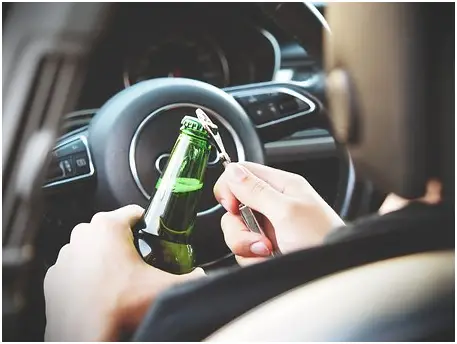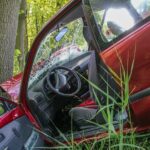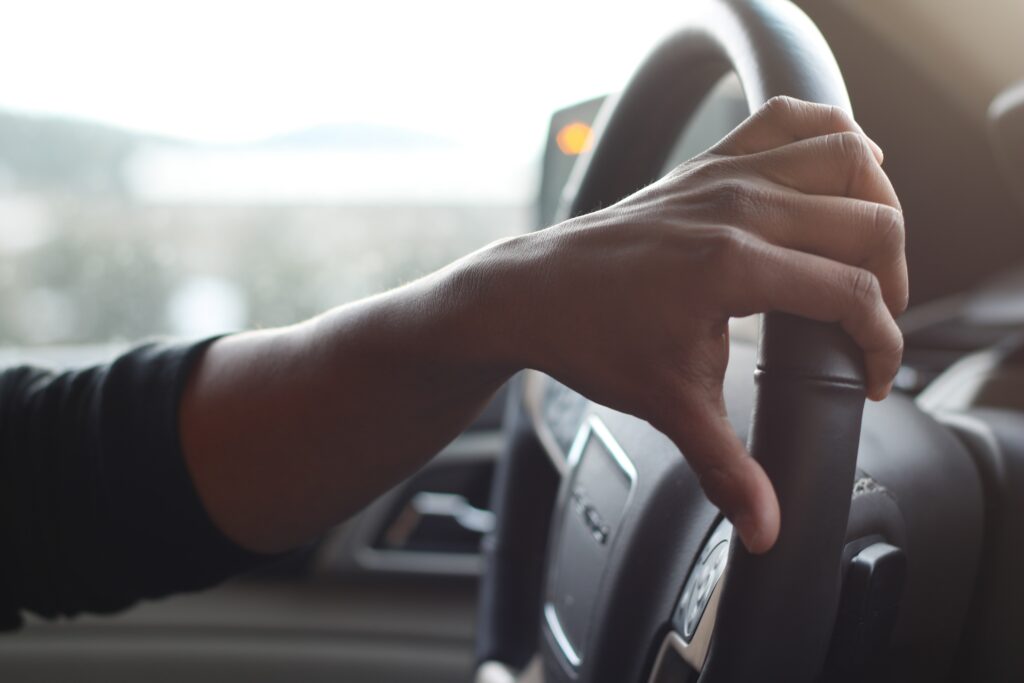Distracted driving is extremely common. It does not only happen when drivers are texting or drinking while driving but is defined as any activity that takes the driver’s hands, eyes, or mind off the road, even if only for a few seconds. If you are eating in the car, putting on makeup, turning to talk to people in the back seat, or doing anything that takes your concentration off what you should be focusing on, this is considered distracted driving. And it is not just a matter of coming up with a definition. Distracted driving is the reason why thousands of people every year are either injured or lose their lives in this country alone.

If you look at the statistics of 2020, you may be misled into believing this is a shrinking problem or one that is on the decline. However, the number for 2020 was impacted by the weeks of isolation when millions of people were unable to leave their homes and drive. But this does not mean that distracted driving is not a problem. On the contrary, it is believed that distracted driving accidents tend to be underreported.
Types of Distracted Driving
Traffic safety experts have divided distracted driving into three distinct categories:
- Manual distractions – which involve moving your hands from the steering wheel.
- Visual distractions – which take the focus of your eyes off the road.
- Cognitive distractions – which involve your mind wandering away from the task at hand.
A great example of a distraction that involves all of the three categories above is texting while driving. And although most people recognize the dangers involved in texting while driving, it has been estimated that some 40% of the people interviewed admitted to having engaged in this behavior while driving.
Interestingly, teenagers who observe their parents driving distractedly tend to imitate their behavior when they learn to drive and follow the same distracted driving patterns.
Some Interesting Distracted Driving Statistics
The CDC has reported that in 2018 more than 2,800 people lost their lives due to a distracted driver while over 400,000 were injured in accidents that involved a distracted driver. Sadly, about 20% of those who died in these collisions were not inside a car. They were either pedestrians or riding a bicycle.
The CDC has also estimated that the yearly loss of life due to distracted driving is around 3,000 people.
What is the Typical Profile of a Distracted Driver?
It has been estimated that 25% of distracted drivers in the United States during 2018 were young adults aged between 20 and 29. And drivers aged 15 to 19 have a higher percentage of distracted driving than their older peers. In 2019, almost 40% of high school students who drove texted while driving, and some even admitted to emailing while driving.
Also Read:
- Top 5 Best Tire Pressure Gauges of 2021 in USA
- Top 5 best Fire Extinguisher for Car of 2021 in USA
- Top 5 Best Blind Spot Mirrors for Car in USA
Preventive Actions You Can Take
Stopping all distracted driving behaviors may end up saving your life while avoiding an untold number of preventable accidents. Make a promise to yourself that you will immediately stop multitasking while driving. From adjusting your mirrors to unwrapping your sandwich, or endlessly changing music options, to taking a phone call that requires the use of your hands, texting, or emailing, take the time to do those things either before getting on the road or once you reach your destination.
If you are the passenger in a car in which you notice distracted behavior on the part of the driver, ask them to focus their attention on their driving, and reassure them that if a text needs to be sent, you can gladly do it for them.
If you are the parent of a teenager or young adult, talk to them about the dangers of distracted driving. Emphasize how important it is for them to focus all their concentration on the vehicle and the road, make them aware of the fact that sending a text is something that can wait until they reach their destination. More than anything, personal injury lawyers Fasig and Brooks recommend highly that you start by analyzing your own behavior when driving and make it your personal mission to stop distracted behavior while driving. You may save your life and that of your loved ones.









